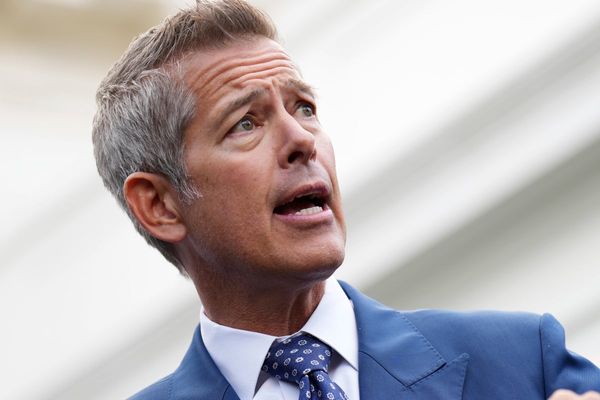We hope Chicago winds up with a fair ward map for the next 10 years — and City Council can make that happen, if they have the will.
Every decade, the Council has to redraw ward boundaries to reflect population changes recorded in the census, since some wards have gained population and others have lost residents. Each ward is supposed to have a similar number of residents and fairly represent a community’s demographics.
Editorials
The process of creating and then approving new maps, as it now stands, is enough to make one’s head spin. This editorial board believes that an independent, public commission to redraw ward maps is the best way to go, but Chicago isn’t there yet.
The city is stuck with the current convoluted, political system. It’s time to break free of that, one step at a time.
Right now, because City Council cannot agree on a single map, two competing maps are headed for a referendum on June 28. Thirty-three alderpersons, including most of the Black Caucus, are backing the so-called Chicago United Map. Another group of 15 mostly Latino alderpersons filed their own map, called the Coalition Map.
If 41 alderpersons can’t agree on one of those two maps or a compromise by May 19, the two maps will go on the June 28 referendum ballot.
Here’s the wrinkle, though: Many of the backers of the Coalition Map would now like to substitute a revised map, drawn up in conjunction with the nonprofit advocacy group Change Illinois.
The new, revised map is called the People’s Coalition Map, which supporters point out was created with community input and is backed by a wide variety of civic and grassroots groups. Backers of the People’s Coalition Map also say it does a better job of avoiding splitting up neighborhoods into different wards and includes more wards that are diverse — and is thus fairer and more equitable.
But under the rules, the Council members who now support the revised People’s Coalition map can’t just swap it out. Once alderpersons commit to one map, they can’t just switch to another. Meanwhile, it takes 10 alderpersons to petition for a new map, and 48 of 50 Council members are already committed to either the Coalition Map or the Chicago United map.
It wouldn’t be Chicago politics if this all wasn’t so complicated.
To avoid a referendum altogether, 41 members of the Council would need to negotiate further and coalesce around a map that is fair to the voters. That’s unlikely. Heels seem dug in at this point.
Another option would be for the City Council to approve a map, any map, with at least 26 votes at its April 27 meeting, the last before the May 19 deadline. Supporters of the People’s Coalition Map are calling for that because it would restart the process.
That seems unlikely, too. But we urge Council members to hold that vote. Let backers of the Chicago United Map petition to put their map on the referendum ballot with support from at least 10 alderpersons. Let backers of the People’s Coalition Map get theirs on the ballot the same way, too.
That’s entirely fair. If enough alderpersons can’t agree on a fair and equitable map that would make a referendum unnecessary, they should at least let Council members put the maps they prefer on the ballot.
Give Chicago voters the chance to study the preferred maps themselves and decide which one they want.
The People’s Coalition Map has been introduced in the City Council, but it has been referred to the Committees and Rules Committee, which is chaired by Ald. Michelle Harris (8th). Harris, the leading supporter of the Chicago United map, has said it won’t get a vote. Harris has said she is open to negotiations, but “negotiating” is what got us to this point.
When politicians draw up ward boundary lines, it’s often about protecting their seats, protecting their group’s representation on the Council, protecting their chairmanships and keeping potential challengers out of their wards. Fairness and equity rarely are part of the equation.
The resulting ward boundaries can zigzag more than a scenic railroad. Pockets of voters drawn into areas far from the central parts of their wards often feel their alderpersons just ignore them.
Opinion This Week
A weekly overview of opinions, analysis and commentary on issues affecting Chicago, Illinois and our nation by outside contributors, Sun-Times readers and the CST Editorial Board.
It’s significant that Chicago got its first Asian American alderperson not through judicious mapmaking that spread out representation fairly to various groups, but through an appointment by Mayor Lori Lightfoot after a seat opened up because of an alderperson’s conviction.
A new ward map that gives various population groups fair representation on the Council, keeps wards as compact as possible and keeps community areas in the same ward is what Chicago needs.
City Council should have been able to figure out a way to get this done. They’ve failed. So let Chicagoans decide.
Send letters to suntimes.com.







